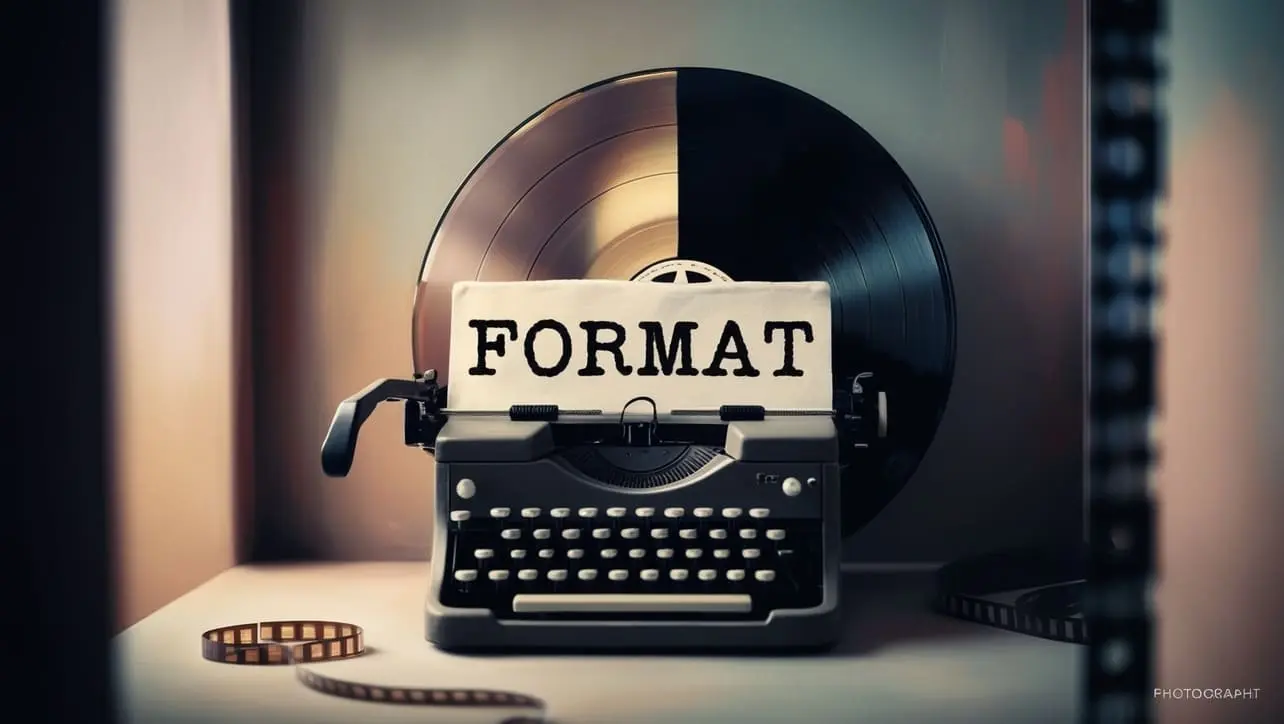
Python Topics
- Python Intro
- Python String Methods
- Python Interview Programs
- Python Star Pattern
- Python Number Pattern
- Python Alphabet Pattern
- Alphabet Pattern 1
- Alphabet Pattern 2
- Alphabet Pattern 3
- Alphabet Pattern 4
- Alphabet Pattern 5
- Alphabet Pattern 6
- Alphabet Pattern 7
- Alphabet Pattern 8
- Alphabet Pattern 9
- Alphabet Pattern 10
- Alphabet Pattern 11
- Alphabet Pattern 12
- Alphabet Pattern 13
- Alphabet Pattern 14
- Alphabet Pattern 15
- Alphabet Pattern 16
- Alphabet Pattern 17
- Alphabet Pattern 18
- Alphabet Pattern 19
- Alphabet Pattern 20
- Alphabet Pattern 21
- Alphabet Pattern 22
- Alphabet Pattern 23
- Alphabet Pattern 24
- Alphabet Pattern 25
- Alphabet Pattern 26
- Alphabet Pattern 27
- Alphabet Pattern 28
- Alphabet Pattern 29
- Alphabet Pattern 30
- Alphabet Pattern 31
- Alphabet Pattern 32
- Alphabet Pattern 33
- Alphabet Pattern 34
Python Alphabet Pattern 22

Photo Credit to CodeToFun
Python Alphabet Pattern 22
Here`s a program that prints the above alphabet pattern using Python Programming:
k = 64
for i in range(65, 70):
for j in range(69, 64, -1):
if(j <= i):
k += 1;
a = chr(k)
print(a, end=" ")
else:
print(" ", end=" ")
print()
💻 Testing the Program
When you run the above program, it will print the following output:
A
B C
D E F
G H I J
K L M N O
🧠 How the Program Works
Let's break down the logic behind the code:
- k = 64: Initializes a variable k with the value 64.
- for i in range(65, 70):: This outer loop iterates over values from 65 to 69 (inclusive). In ASCII, these values represent the characters 'A' to 'E'.
- for j in range(69, 64, -1):: This inner loop iterates over values from 69 to 64 (inclusive) in reverse order (decrementing by 1). These values represent the characters 'E' to 'A' in ASCII.
- if(j <= i):: Checks if the current value of j is less than or equal to the current value of i.
- Inside the if block:
- k += 1;: Increments the value of k by 1.
- a = chr(k): Converts the integer value of k into its corresponding ASCII character and assigns it to the variable a.
- print(a, end=" "): Prints the character a followed by a space, without moving to the next line.
- Inside the else block:
- print(" ", end=" "): Prints a space character, without moving to the next line. This is done to maintain the pattern.
- print(): After each iteration of the inner loop (for j), this statement is executed to move to the next line, creating a new row in the pattern.
💯 Tips for Enhancement:
Explore the versatility of this pattern by adjusting its parameters. Whether you increase or decrease the size, tweak the spacing, or modify the characters used, each change opens up a world of possibilities, allowing you to customize and create your unique visual effects.
✔ Conclusion:
Creating visually appealing patterns is not only a fun endeavour but also a great way to enhance your programming or design skills. We hope this tutorial has inspired you to explore the world of creative coding. Share your creations with us, and let your imagination run wild!
🤗 Closing Call-to-Action:
We'd love to see your unique interpretations of the alphabet pattern. Share your creations in the comments below, and don't hesitate to reach out if you have any questions or suggestions for future tutorials. Happy coding!
👨💻 Join our Community:
Author

For over eight years, I worked as a full-stack web developer. Now, I have chosen my profession as a full-time blogger at codetofun.com.
Buy me a coffee to make codetofun.com free for everyone.
Buy me a Coffee












If you have any doubts regarding this article (Python Alphabet Pattern 22) please comment here. I will help you immediately.